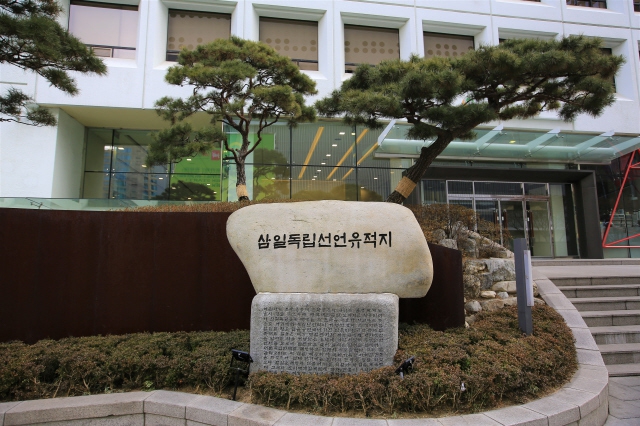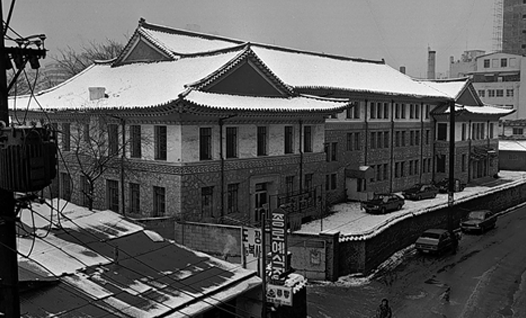 |
|
The site of Taehwagwan, a restaurant where Korean independence activists read the Korean Declaration of Independence on Mar. 1, 1919, which sparked the Mar. 1 Movement, in Seoul. (Hankyoreh archives)
|
Newly registered “Seoul stones” a reminder of the traumatic history of colonization
The remains of the Japanese Government-General Building, which was torn down in 1995, have been registered as “Seoul stones” by the city of Seoul and will be used as paving stones for the Mar. 1 Independence Declaration Plaza that’s being built in Insadong, in Seoul’s Jongno District. The move is designed to remind Koreans about the country’s traumatic history as a Japanese colony. On Feb. 22, the Seoul Metropolitan Government announced that it would use Seoul stones from the Government-General Building as the paving stones for the Mar. 1 Declaration of Independence Plaza, which will be built between April and August of this year. “The ‘Seoul stones’ will become a symbol of Korea’s independence and of how Koreans have overcome their painful history of colonization,” said Seoul Mayor Park Won-soon. The Government-General Building, which was built during the Japanese Colonial Period in 1926, was demolished in 1995 as part of efforts to “set history straight.” Since then, the remains of the building have been stored at the Independence Hall of Korea, in Cheonan, Gyeonggi Province.
 |
|
The Taehwagwan building in 1919. The building was demolished in 1980. (Hankyoreh archives)
|






